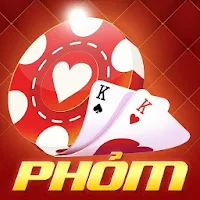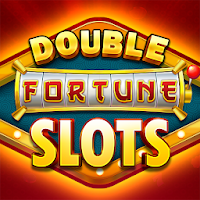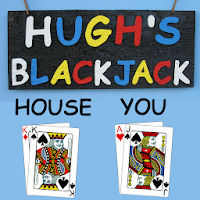The Doom series has always been intrinsically linked with metal music, a connection that's immediately evident from its iconic soundtracks and persistent demonic imagery. The visual and auditory elements, characterized by flames, skulls, and devilish creatures, echo the aesthetics often seen on an Iron Maiden stage. This bond with the heavier side of music has evolved alongside Doom's gameplay, with both aspects reinventing themselves throughout the franchise's 30-year history. Starting with its thrash metal roots, Doom has traversed various metal sub-genres over the decades, culminating in the modern metalcore influences heard in Doom: The Dark Ages.
In 1993, the original Doom's soundtrack drew heavily from the metal scene of the late 80s and early 90s. Co-creator John Romero has acknowledged the significant influence of bands like Pantera and Alice in Chains, which is evident in tracks like "Untitled" from the E3M1: Hell Keep level, with its riff strikingly similar to Pantera's "Mouth of War." The wider Doom score embraced the thrash subgenre, digitally recreating the intensity of Metallica and Anthrax. This pulsating soundtrack propelled players through Mars' corridors, mirroring the urgency and speed of thrash metal, perfectly complementing the game's fast-paced gunplay. Composer Bobby Prince's timeless work remains a hallmark of the series, seamlessly syncing with Doom's unforgettable rhythm of combat.
Doom: The Dark Ages - Gameplay Screenshots
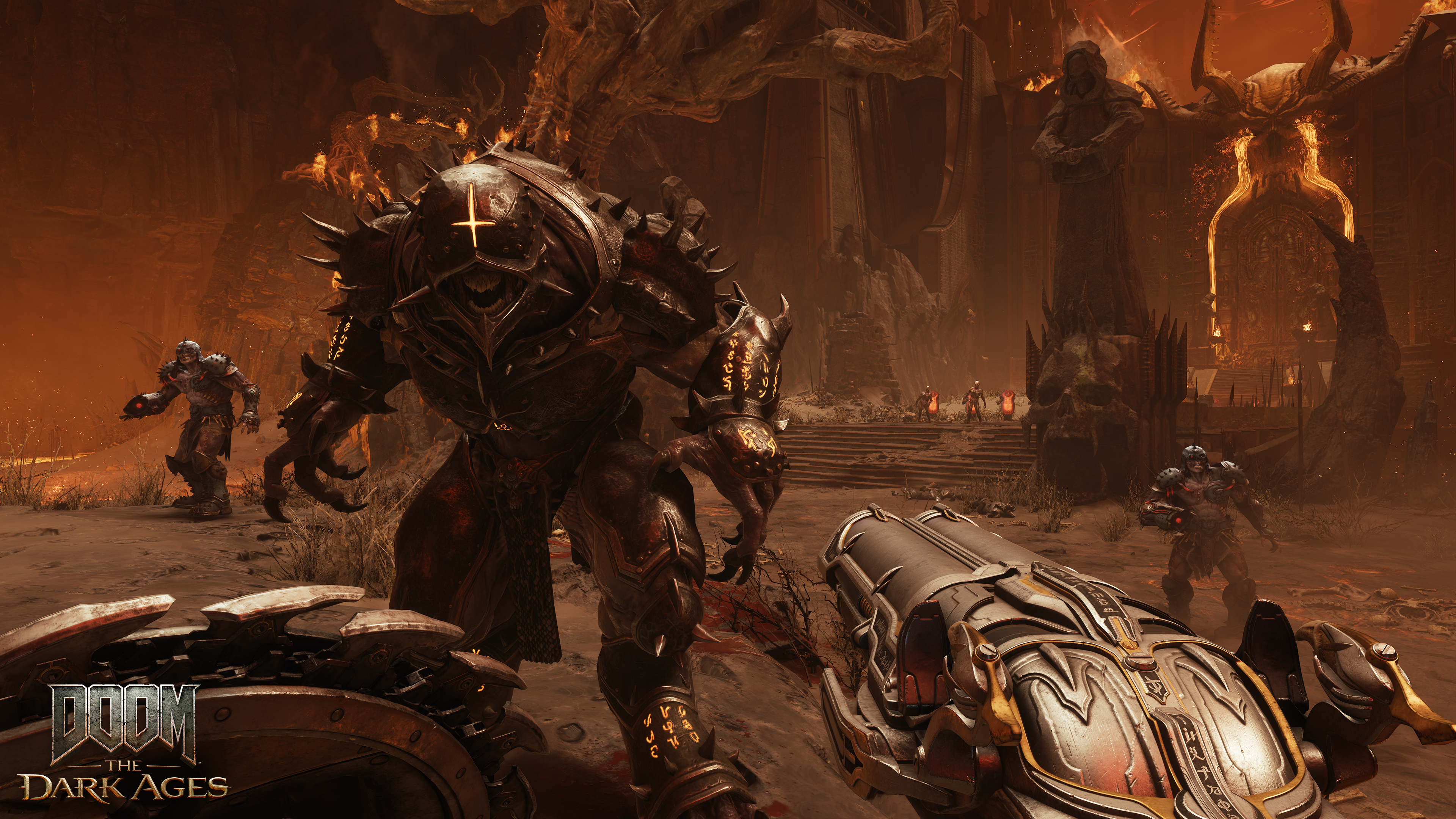
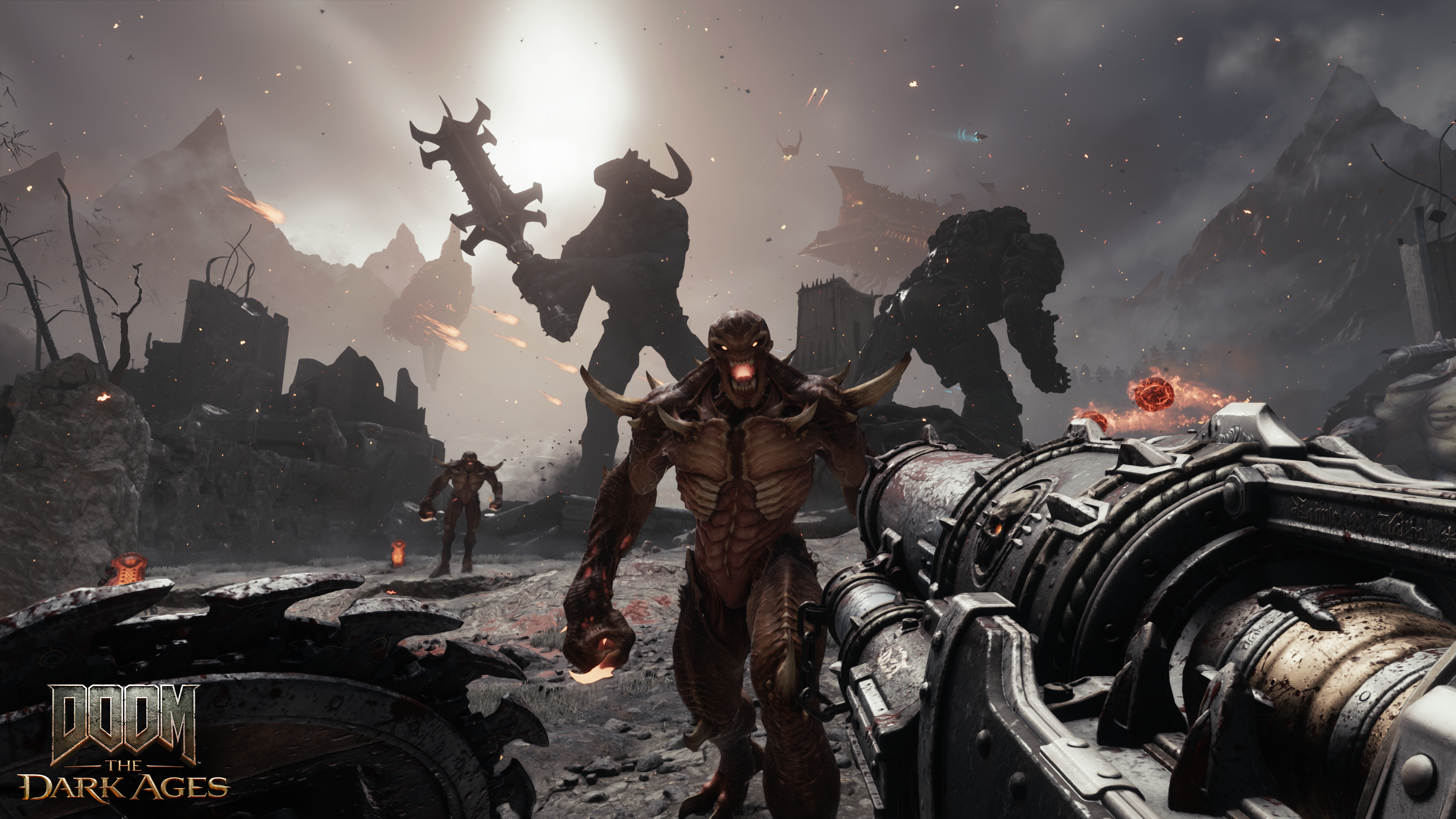 6 Images
6 Images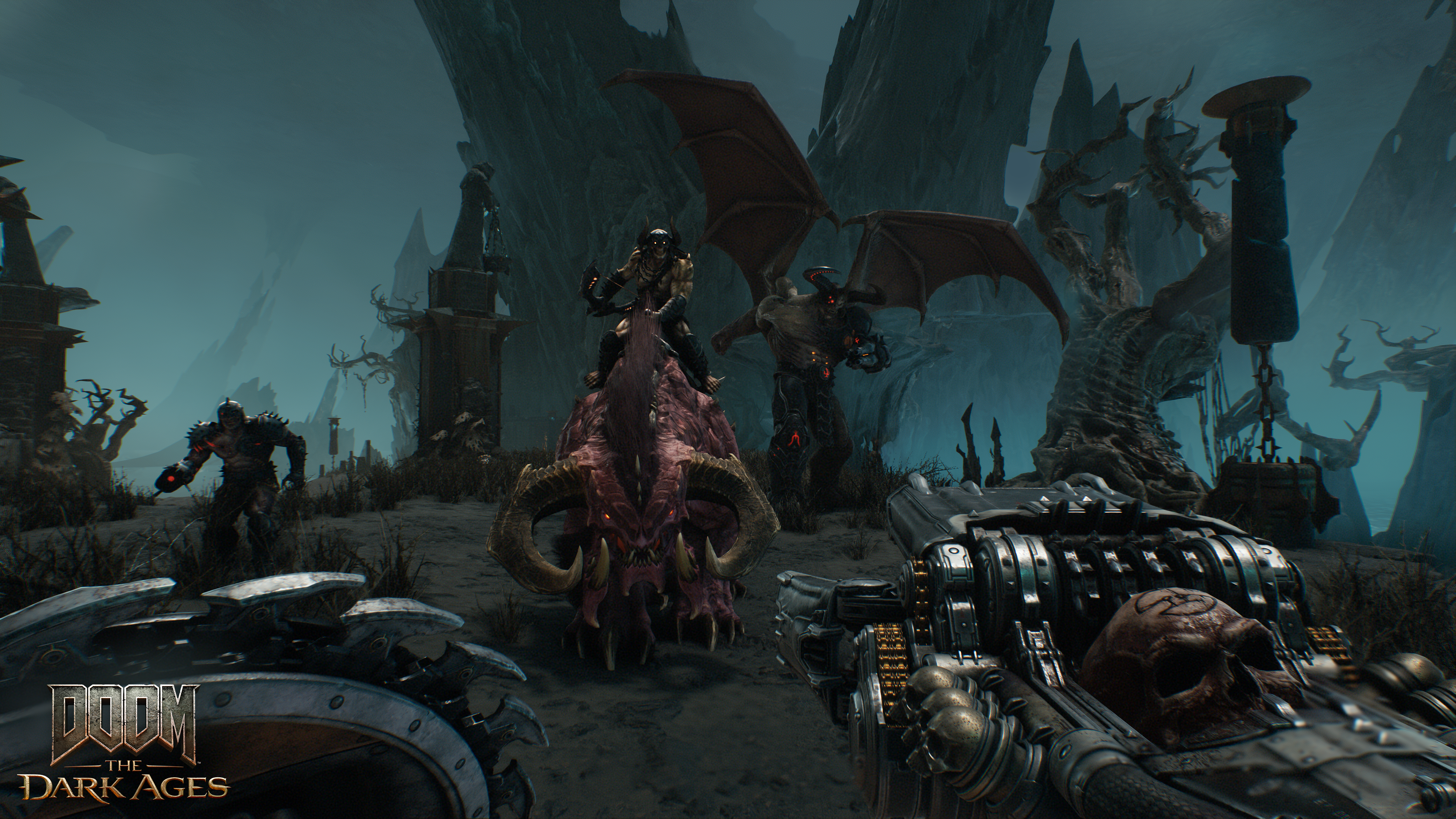
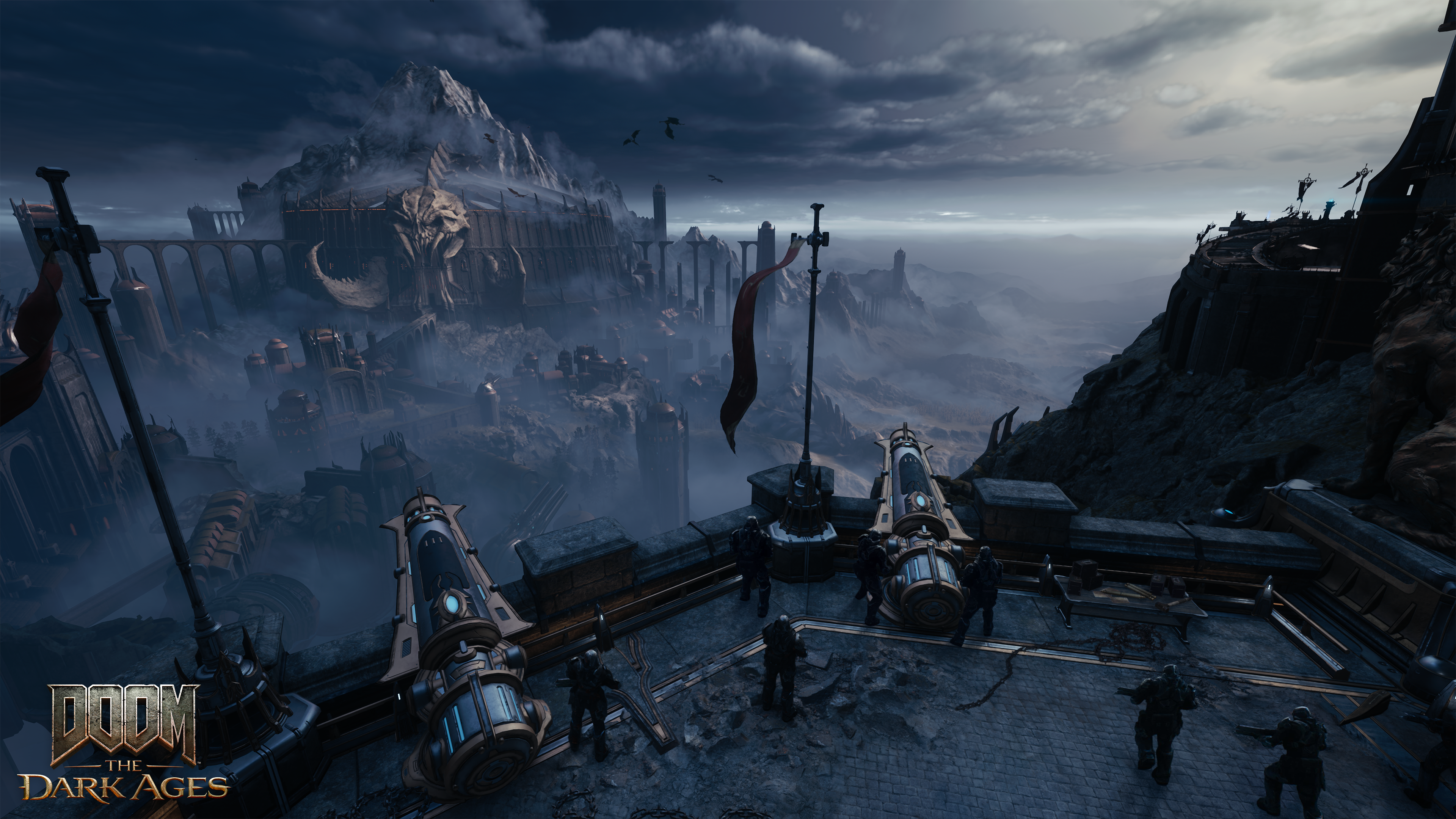
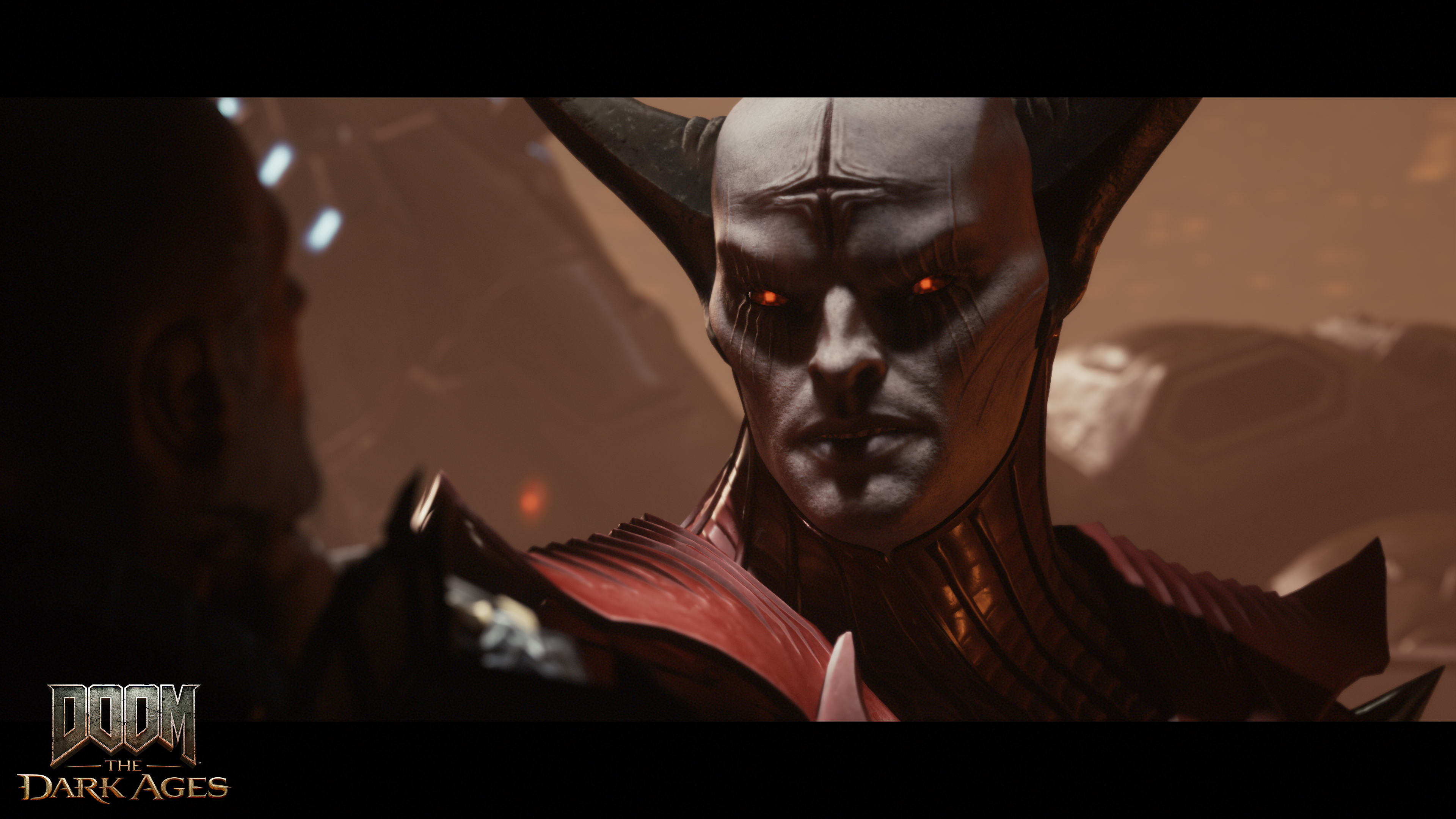
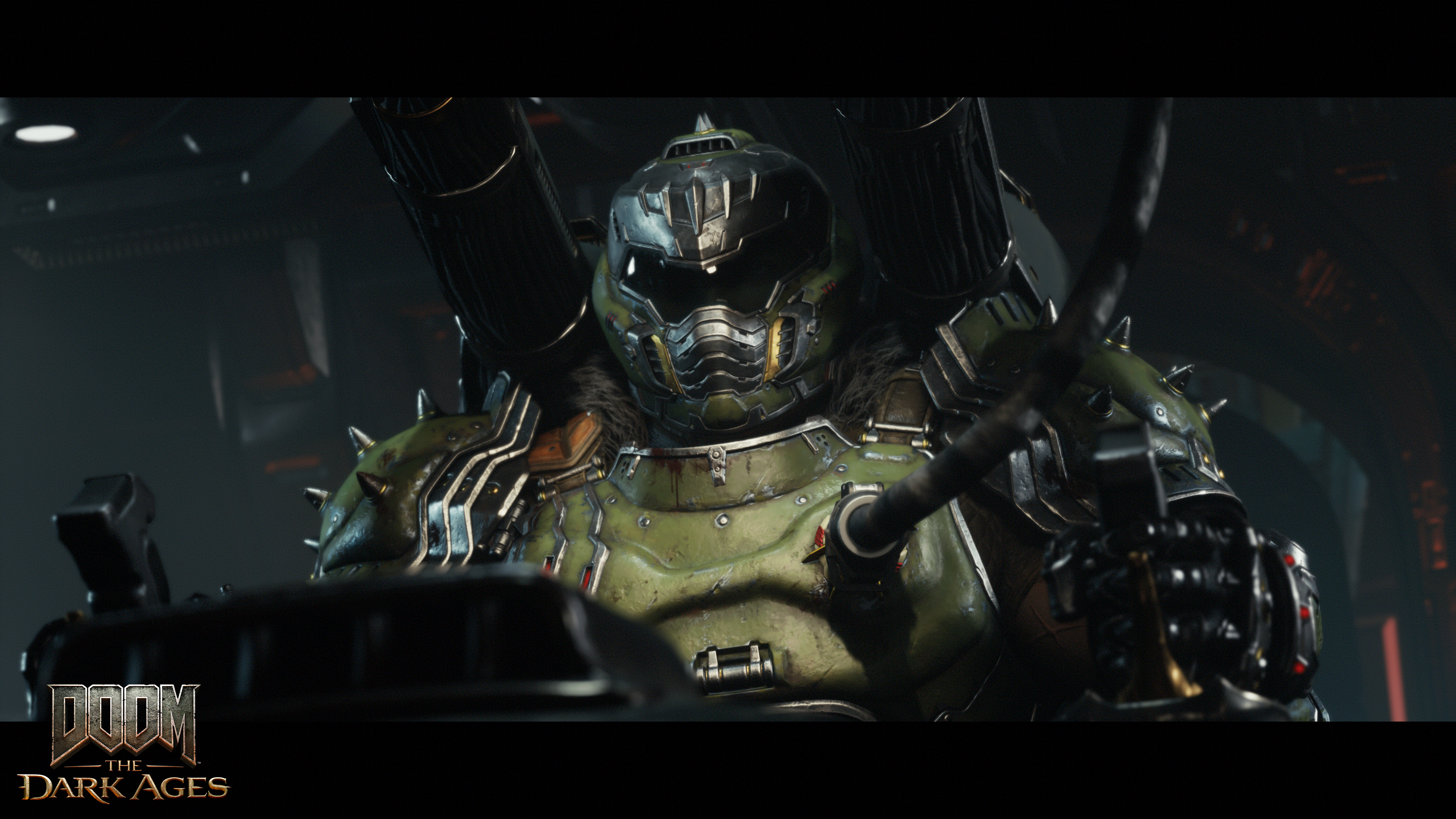
For over a decade, Doom's music and gameplay continued to harmonize, until the experimental Doom 3 arrived in 2004. This survival horror-inspired iteration took bold risks, including a controversial flashlight mechanic that was later removed. Doom 3 demanded a slower, more deliberate pace, which necessitated a new sound. id Software sought inspiration from different sources, with Doom 3's main theme resembling the work of Tool, particularly their album Lateralus. Although Trent Reznor was initially approached to orchestrate the sound design, it was Chris Vrenna and Clint Walsh who ultimately composed the game's theme, delivering a sound that complemented the eerie atmosphere of Doom 3's sci-fi setting.
Despite its commercial success, Doom 3's design is considered an anomaly within the series, reflecting the evolution of FPS games during the early 2000s. The era saw the rise of console shooters like Call of Duty and Halo, prompting Doom to adapt. Similarly, metal music was navigating its own changes, with the nu-metal scene giving way to more diverse influences. Doom 3's soundtrack, though not as iconic as Tool's Lateralus, was a fitting experiment that aligned well with its tone.
Following a period of development challenges, Doom returned in 2016 with a stunning reboot. Directors Marty Stratton and Hugo Martin revitalized the series, embracing the momentum of the original game. Composer Mick Gordon crafted a soundtrack that was both innovative and heart-shaking, incorporating sub-bass frequencies and white noise to create an intense auditory experience. Doom 2016's score, often described as a playable djent album, pushed the boundaries of both the shooter and metal genres, earning it widespread acclaim.
With Doom Eternal in 2020, Gordon's involvement became more complex due to disputes with id Software, resulting in a soundtrack that mixed his signature style with other influences. The game leaned further into metalcore, reflecting the genre's dominance in the late 2010s and early 2020s. Gordon's work with bands like Bring Me the Horizon and Architects during this time influenced Eternal's score, which featured crushing breakdowns and electronic elements, complementing the game's more varied gameplay that included platforming and puzzle sections.
Personally, Doom 2016 remains my favorite in the series. While Doom Eternal is exceptional, I find myself drawn to the raw energy of its predecessor, much like my preference for Architects' 2016 album All Our Gods Have Abandoned Us over their more recent work. Doom Eternal, like modern metalcore, is impressive but doesn't resonate with me quite as powerfully as the earlier entries.
Doom: The Dark Ages presents an intriguing evolution. The gameplay, as showcased in the recent Xbox Developer Direct, introduces significant changes to the series. The new composers, Finishing Move, draw inspiration from both past and present metal, much like the game itself references the original Doom while adding new twists. The Dark Ages adopts a slower pace than Doom Eternal, featuring a Captain America-like shield that encourages direct, aggressive combat. This approach echoes the original Doom's corridor-based design but amplifies it with elements like 30-story high mechs and fire-breathing dragons.
The soundtrack for The Dark Ages needs to match this dynamic gameplay, blending heavy elements with agility. Influences from bands like Knocked Loose are evident, with their seismic breakdowns and thrash-like moments reminiscent of the original Doom's intensity. The Dark Ages also draws from earlier metal's thematic inspirations, weaving in fantastical and medieval elements.
While we await a full reveal of The Dark Ages' gameplay, it's clear that id Software is building on its legacy and beyond, incorporating innovative elements like piloting mechs and riding mythological creatures. These additions, reminiscent of games like Titanfall 2, reflect the broader experimentation seen in modern metal music, which increasingly blends genres like electronic, hip-hop, and hyperpop.
This is an exciting time for both heavy music enthusiasts and Doom fans. The Dark Ages promises to deliver on the series' strengths while introducing fresh experiences. With gunplay at its core, the game's combat will undoubtedly be the star of the show, accompanied by a soundtrack that enhances its demonic atmosphere. As we approach the release in May, anticipation builds for what could be a new favorite metal album to accompany an unforgettable gaming experience.

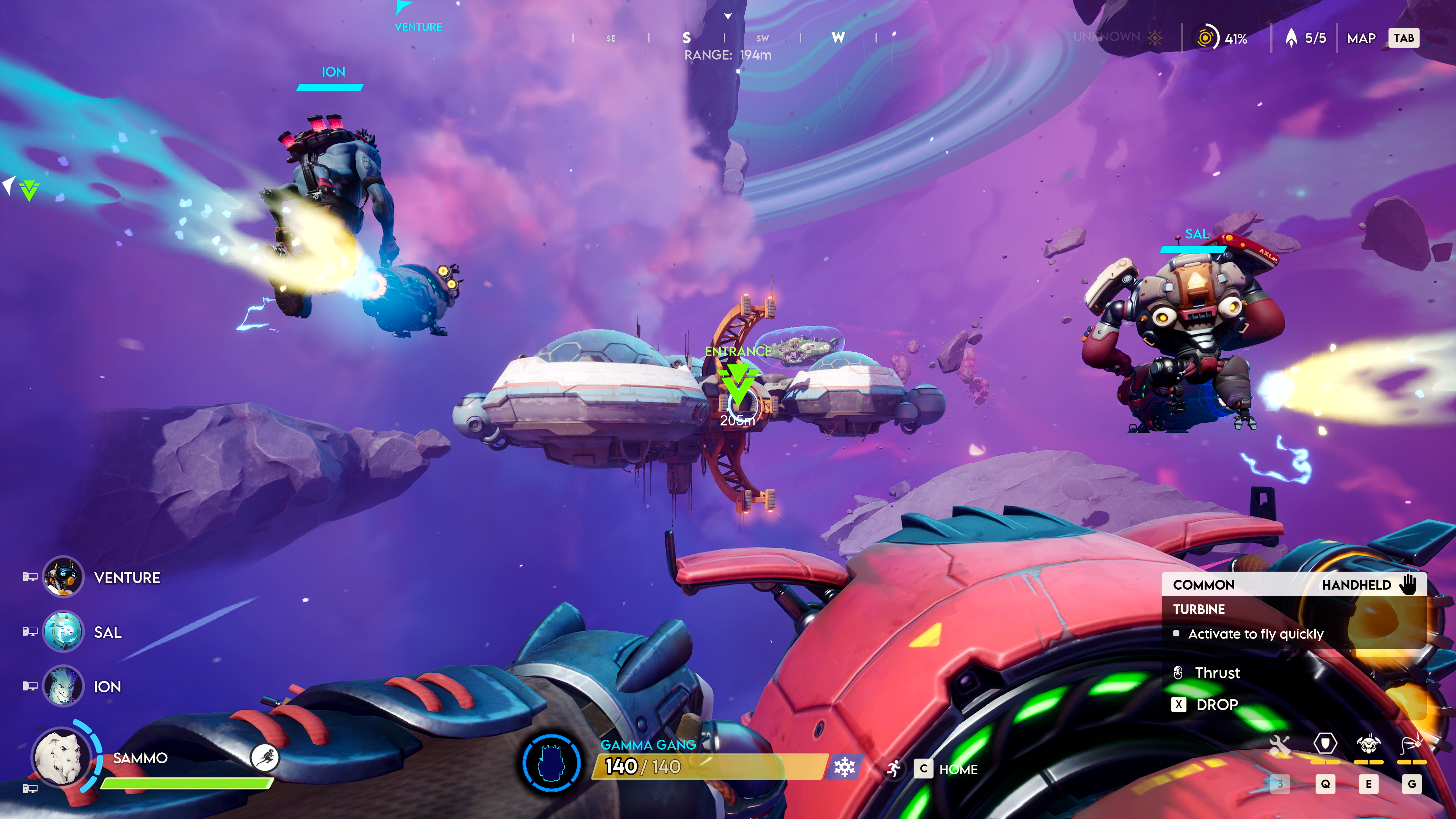

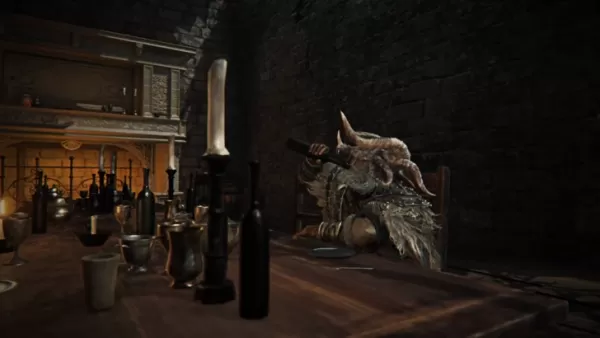
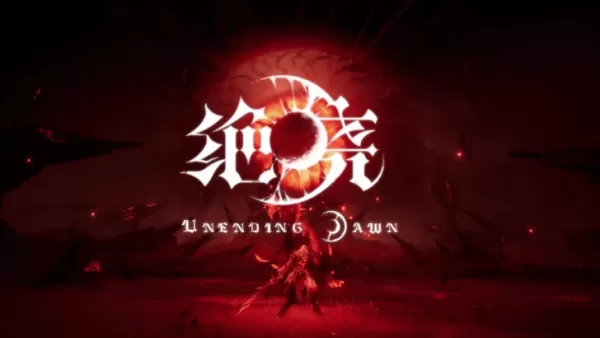
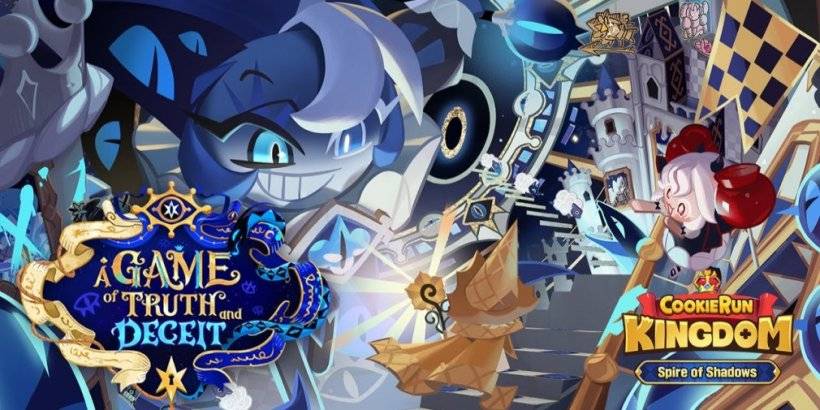

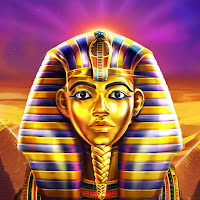
![[777Real]NiGHTS~Dream Wheel~](https://imgs.lxtop.com/uploads/08/17302611106721b076bbcdc.jpg)



